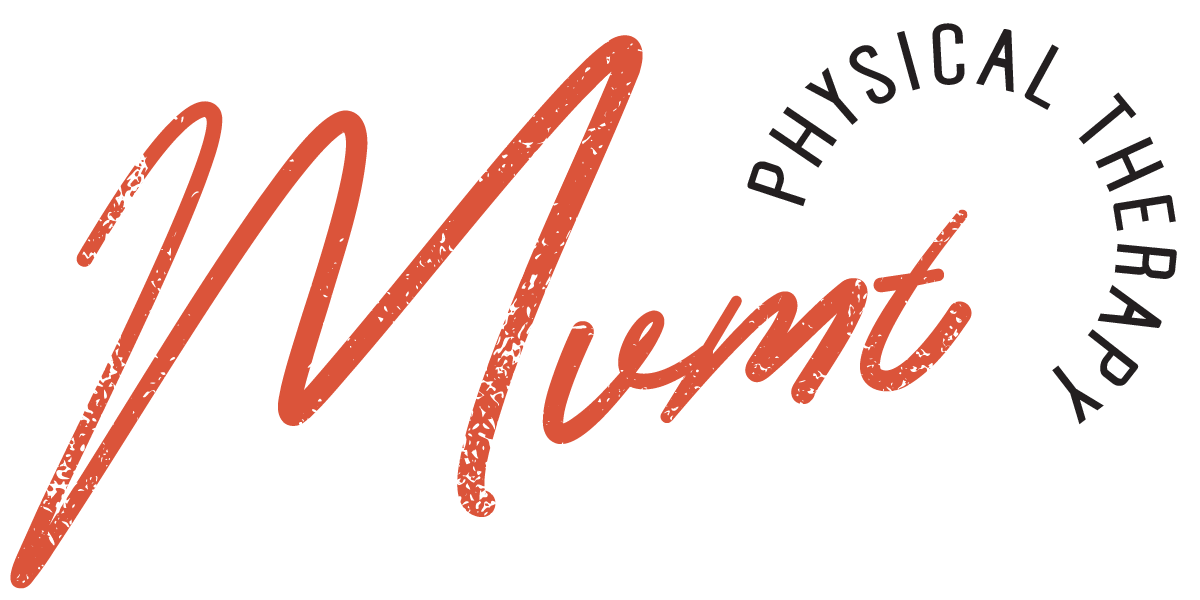Author - Anastasia Belikov, PT, Cert. MDT
Graduated with her DPT in 2017
https://www.linkedin.com/in/anastasia-belikov-pt24/
URL Copied!
Spinal Discs and Herniations
IN THE KNOW
Wednesday, June 14, 2023
The human body is an intricately built system, where each part plays a vital role in ensuring smooth operations. In this complex system, the spine has a pivotal role as it supports the body, allows movement, and protects the spinal cord. An essential component of the spine is the spinal disc, which sometimes can be subjected to conditions like herniation. Let's delve deeper into understanding the anatomy of a spinal disc and the phenomenon of herniation.
Anatomy of a Spinal Disc
Spinal discs, also known as intervertebral discs, are the shock-absorbing pads that sit between the vertebrae (bones) of the spine. These discs are critical for the spine’s functionality and flexibility and bear a significant amount of force and weight from the body.
Each disc consists of two main parts:
Annulus Fibrosus: The outer layer of a disc is composed of tough, fibrous cartilage, known as the annulus fibrosus. This part is sturdy and flexible, designed to withstand the spinal pressures and stresses of various movements like twisting and bending.
Nucleus Pulposus: The inner part of the disc is a softer, gel-like substance known as the nucleus pulposus. It serves as the main shock absorber, reducing the impact of the body's movements on the spine and the vertebrae.
To make it easier, think of the disc as a jelly donut - the annulus fibrosus is the dough, and the nucleus pulposus is the jelly. Together, these two parts work in harmony to facilitate spinal mobility while ensuring structural integrity and protection of the spinal cord.
What is Disc Herniation?
Disc herniation, often referred to as a slipped or ruptured disc, is a common spinal condition that primarily occurs in the lower back (lumbar spine), but can also happen in the neck (cervical spine). This condition arises when the soft nucleus pulposus (the jelly) pushes out through a tear in the tough exterior, annulus fibrosus.
Herniation can result from age-related wear and tear, a process known as disc degeneration. Our spinal discs lose their water content as we age, making them less flexible and more prone to tearing or rupturing with minor strains or twists. However, traumatic events, like a fall, or lifting heavy objects using the back muscles instead of the legs, can also lead to disc herniation. Disc herniations can also happen with repeated or sustained motions, such as prolonged sitting, gardening/yard work, overreaching, chores such as cleaning floors, carrying children, or incorrect technique when exercising.
A herniated disc doesn't always cause discomfort, but when it does, it's due to the protruding disc material pressing on the nearby spinal nerves or the spinal cord itself. This pressure can result in a range of symptoms, from mild to severe, including pain, numbness, or weakness in the affected area.
In Conclusion
The impact of a herniated disc on one's life can vary significantly, depending on the severity and location of the herniation. If you experience persistent back or neck pain, consult a healthcare professional who can provide a proper diagnosis and treatment plan. Treatments for herniated discs can range from conservative methods like physical therapy and pain medications to surgical interventions in more severe cases.
Understanding the intricacies of our bodies, like the anatomy of a spinal disc and conditions like herniation, empowers us to make informed decisions about our health. By taking proactive steps and seeking timely intervention, one can effectively manage such conditions and continue leading an active, fulfilling life.



